This book is an offshoot of a major inter-disciplinary study on salient determinants of infant and childhood mortality conducted in South Central India (AP). Infant and childhood mortality significantly varies among the Muslims, the upper castes and the Harijans. It is highest among Muslims and Harijans and lowest among the Caste Hindus. Several factors have been identified as determinants of infant and childhood mortality, viz., socio-economic differences particularly education and income, housing pattern, age at marriage, number of living children, prelacheal feeds, breast feeding and anaemic conditon of the mother. Among the major morbidity patterns that influence mortality include tetanus neonatorum, asphyxia, delivery problems, diarrhoea and dysentery. Malnutrition of infants and children and prematurity are other causes of mortality. Differential care and affection given also affected mortality. A reciprocal relationship between infant mortality and fertility was observed. These determinants vary for infant and childhood mortality. Thus it is concluded that while bio-familial factors affect infant mortality, familio-environmental factors mostly affected early childhood mortality. The details of the study are valuable for policy formulation, programme implementation, teaching and for future research. The theoretical development and the case studies given at the end are outstanding original contributions for administrators, academicians and for students in the fields of Health and Population and other social sciences.
Communication, Modernisation and Social Development: Theory, Policy and Strategies (In 2 Vols.)
This important book ...
$58.50
$65.00



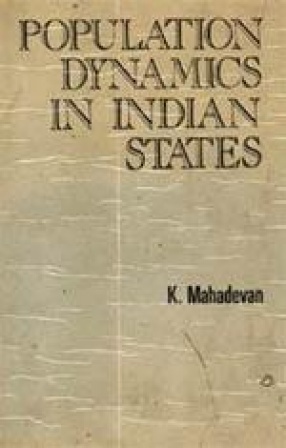
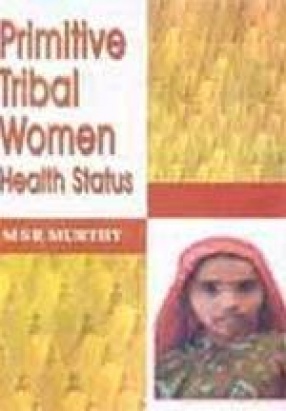
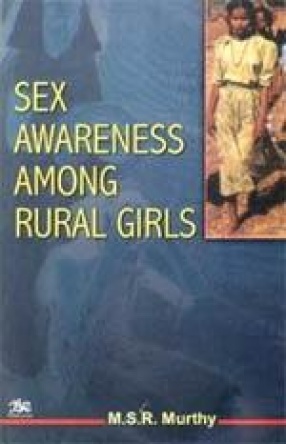
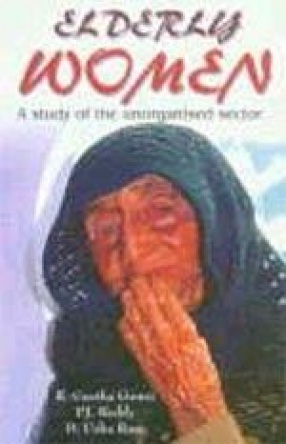
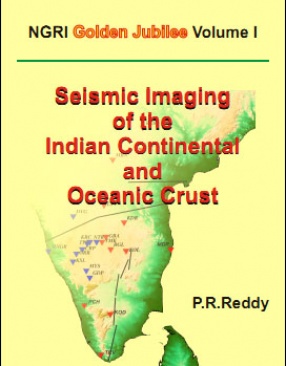

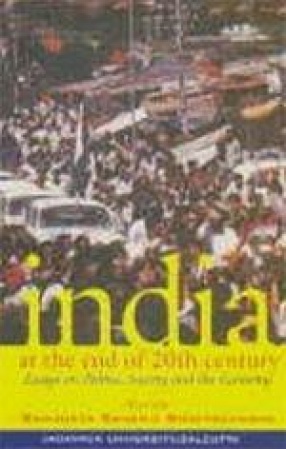
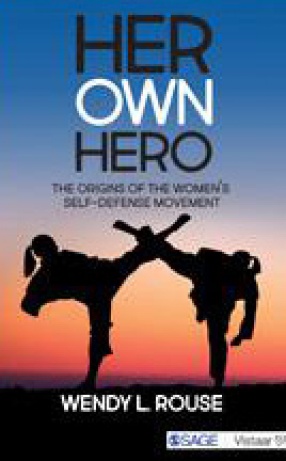
There are no reviews yet.